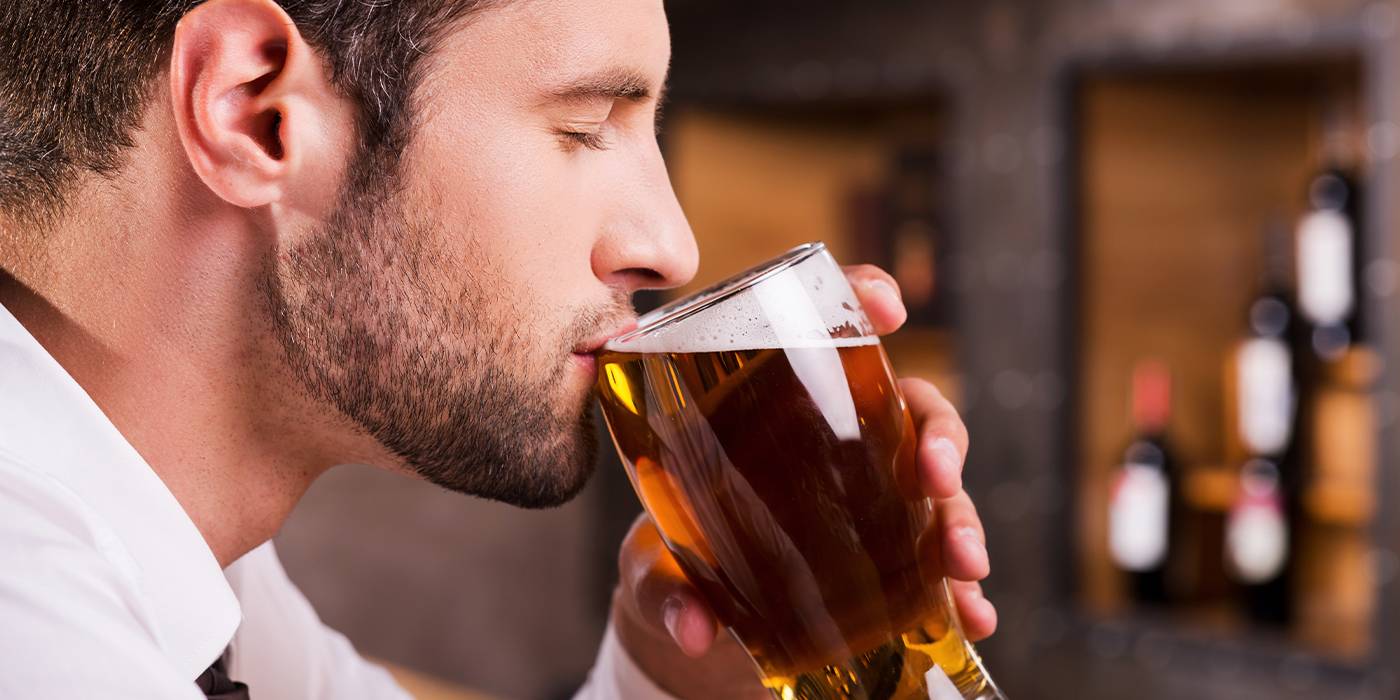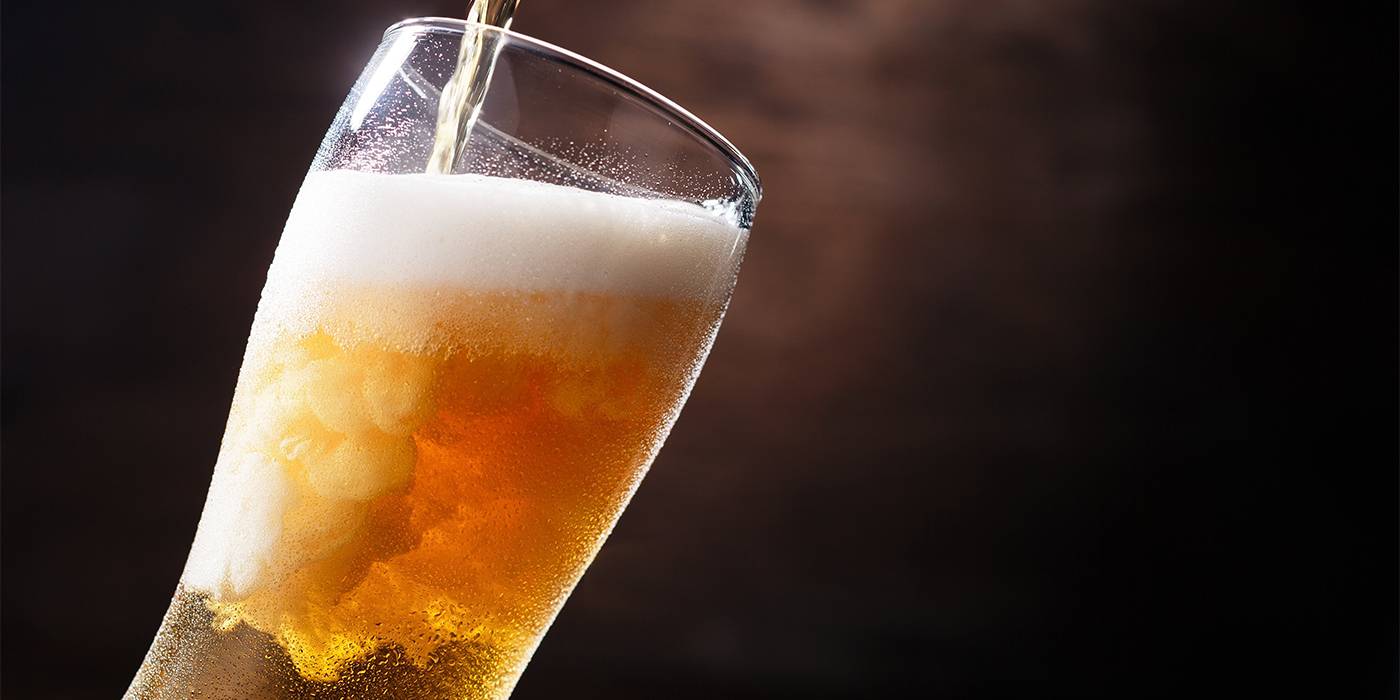What determines the flavour of beer?
The flavour of beer is determined by different components included in the brewing process. Discover all the flavours that can be achieved.

Julio Cerezo - Beer Sommelier
Director of Sabeer Beer Academy
Regardless of whether or not we are familiar with the ingredients that go into beer, or the brewing process, we can all say whether or not we like it, justifying our reply based on its flavour.
In practice though, it is not that straightforward, since the colour or the cloudiness of a beer can affect the way we perceive it, either for or against, but today we are going to forget about what beer actually looks like, and focus on analysing what its flavour depends on.
To begin with, let’s just define exactly what we are referring to when we talk about flavour and how we perceive it on our palate. At first we probably think that flavour is a number of sensations that we are able to identify through our sense of taste. Nevertheless, we also usually encompass other sensations such as touch and smell in the overall meaning of flavour.
In the case of touch regarding beer, there are two main features, namely carbonation and body, whereas with smell, there is an endless number of fragrances to take into account. Together, along with the four basic tastes, they define what we know as flavour.
Based on this definition, we are going to briefly list what in our opinion are the most important factors to define the flavour of a beer, and describe the origins of each one of them:

- Bitterness > this is for many people the main attribute of beer, although its intensity varies considerably depending on the quantity of the hops added during boiling and the selected variety. In dark beers the strong roasting of the malt can also confer bitterness.
- Sweetness > although we don’t usually think of sweetness as a flavour in beer, it is present through the sugars contained in the cereal, part of which is not digested by the yeast. The balance between sweetness and bitterness is one of the aspects that confer good structure to beer.
- Acidity > this is a mild feature in the most widely consumed beers, but there are some brewing styles where acidity can even be dominant owing to the effect of wild yeasts and the action of other bacteria employed in the brewing process. The bitterness in these beers tends to be residual to avoid both these tastes from becoming too strong together.
- Saltiness > this is a feature of beer that comes from the minerals in the water, and is fairly irrelevant except in some specific beers.
- Carbonation > this is produced by the yeast during fermentation. The more intense it is, the greater the sensation of freshness of the beer.
- Body > this is basically the density of the liquid, which is commonly accompanied by a higher alcohol content and sweetness. We tend to drink full-bodied beers more slowly that those with lighter bodies such as the popular golden lagers.
- Roasted taste > moderately roasted malts confer hints of caramel, and sometimes biscuit or bakery to beer, evoking a pleasant sweetness for many palates, balanced by the bitterness of the hops.
- Fruity taste > this taste comes from the yeast during fermentation, particularly the ale type yeasts commonly used in Belgian brewing styles. It can also come from adding fruit during the brewing process, and the use of certain hop varieties typical in IPA.
- Spicy taste > this taste is also produced during fermentation, which can be reminiscent of clove in wheat-based beers, or of pepper. It can also come from directly adding spices such as coriander.
- Alcohol sensation > the higher the alcohol content in beer, the greater the sensation of warmth in this more liqueur-like beer.

What do you think about?
Share comments, opinions and tricks with the Community







